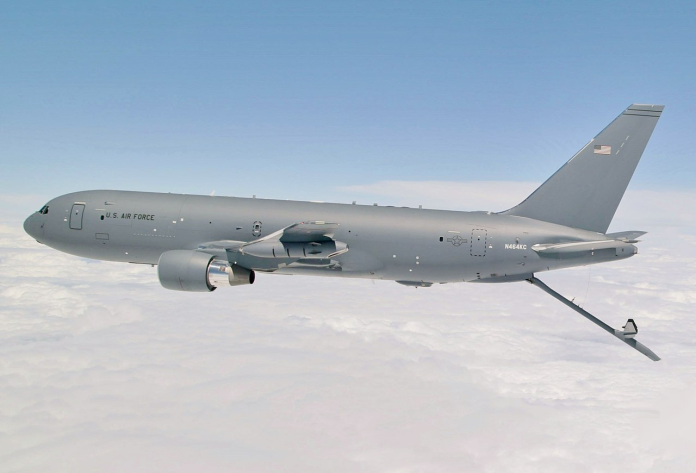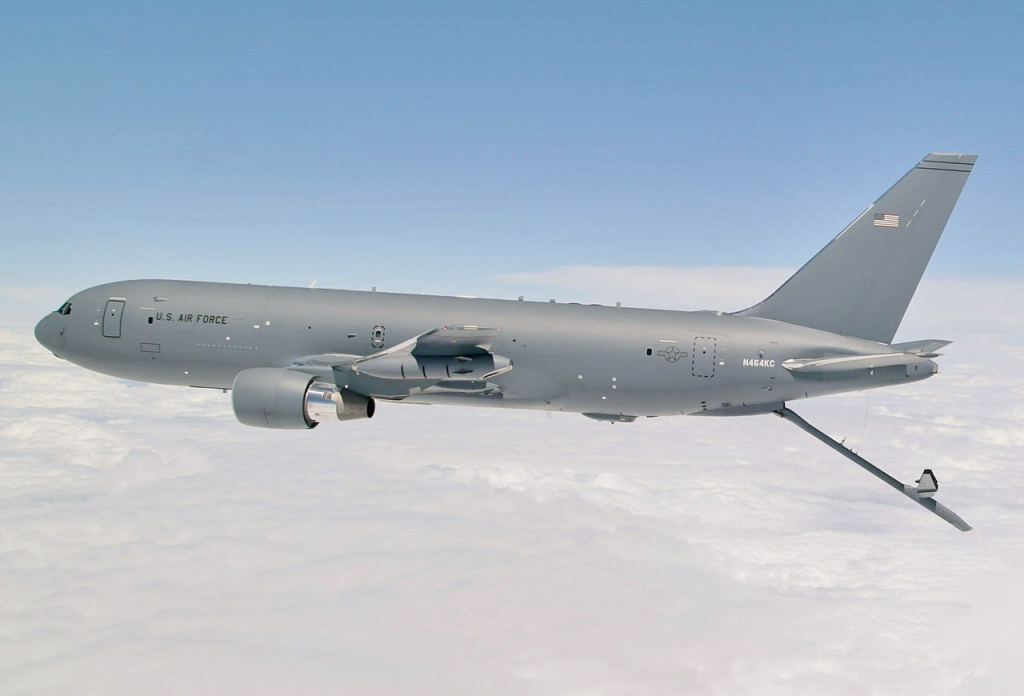
The KC-46 Pegasus is not the razor-sharp predator that has taken over airshow posters, but in the mathematics of modern air wars, it could turn out to be more powerful than any stealth fighter. In a time when enemies can strike from 1,000 miles away with missiles, survivability, connectivity, and stamina for tankers are just as important as the aircraft’s speed and stealth.
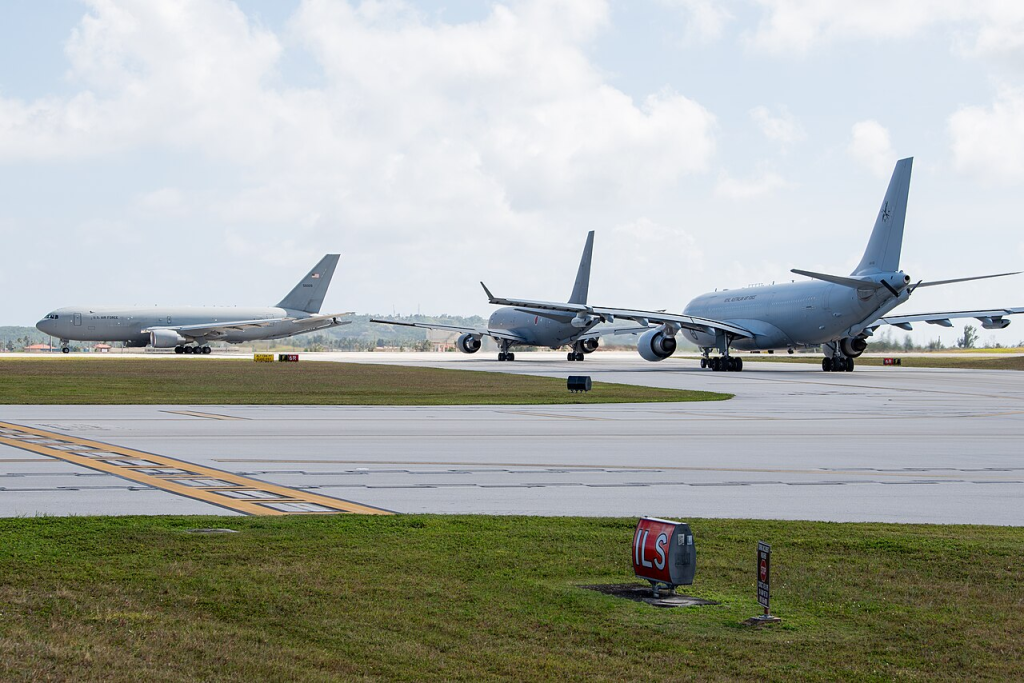
1. From Airliner to Combat Support Node
Born out of the KC-X competition to replace older KC-135s, the KC-46 is based on the 767-2C airframe but substantially re-engineered for combat support. Its fly-by-wire aerial refueling boom, combined with centerline and wing-mounted drogues, supports receptacle and probe-equipped aircraft in a single pass supporting the Air Force, Navy, Marine Corps, and allied fleets. The boom’s fly-by-wire control laws ensure precise handling, minimizing pilot workload and improving station-keeping accuracy in turbulent or contested environments.
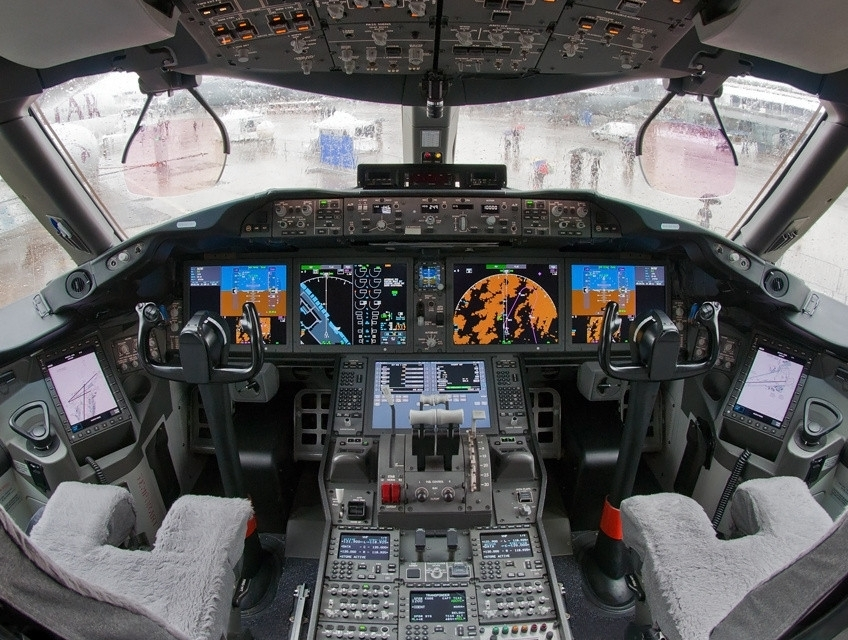
2. Sky Networking
The Pegasus marries a 787-style glass cockpit, secure anti-jam comms, and advanced data-link capabilities, making it an airborne relay for mission-critical data. This architecture makes connectivity a core mission, so the tanker can relay targeting updates, threat cues, and routing changes between packages without having to depend on weak ground nodes. In simulations such as the 2025 Department-Level Exercise throughout the Indo-Pacific, KC-46s proved their capability as nodes in the network of Agile Combat Employment ideas, extending unsupported forces for 3,000 miles through contested space.
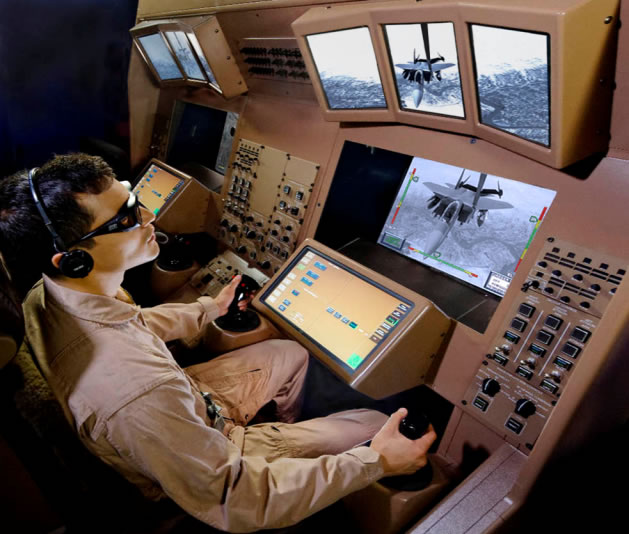
3. Engineering for Survivability
Defensive capabilities such as radar warning receivers, infrared countermeasures, and expendables recognize that tankers are presently high-value targets. The Pegasus will be able to fly into contested areas more closely, providing time and opportunity for strike packages. This survivability emphasis is in step with Air Mobility Command’s vision for the Next Generation Air Refueling System (NGAS), which can be stealthier designs or distributed refueling assets to counterants on emerging anti-air threats.
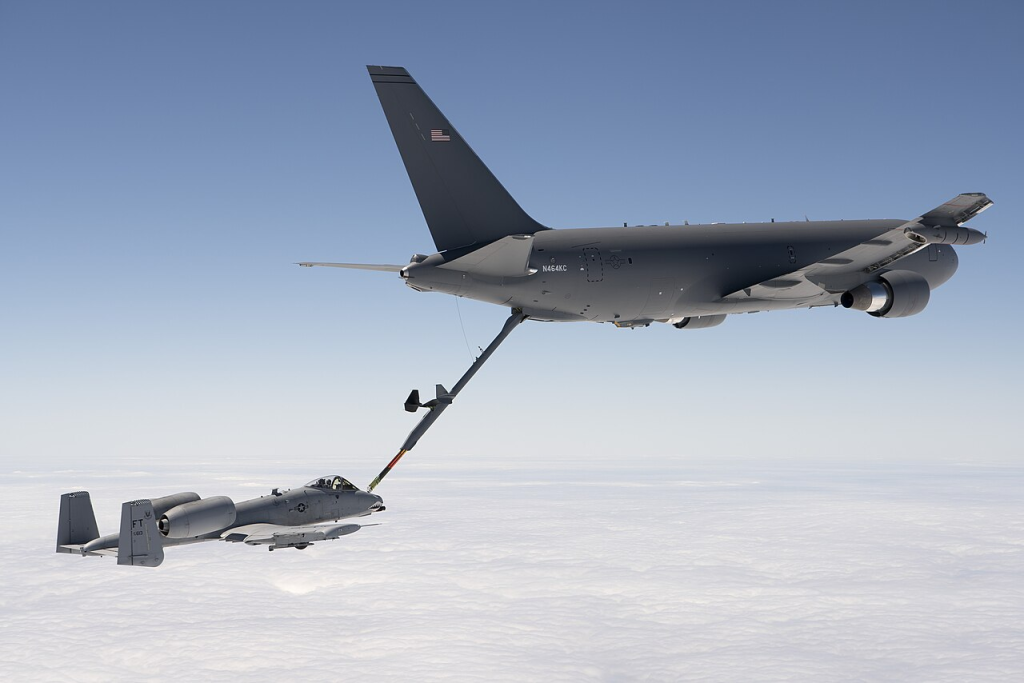
4. Technical Challenges and Solutions
The KC-46’s struggling Remote Vision System (RVS) has been a flag for its development woes. The Collins-built original had issues with dynamic lighting and depth perception, potentially causing boom strikes on receivers. RVS 2.0, with six upgraded cameras long-wave infrared and high-resolution visible spectrum among them seeks to provide a 3D, full-color view for the pilots. But delays have pushed fielding back to summer 2027, almost four years behind schedule. Boom stiffness problems continue to preclude refueling of the A-10, and “nozzle binding” events have necessitated hardware and procedural modifications. Structural cracks found in 2025 suspended deliveries until inspections and repairs cleared the fleet.
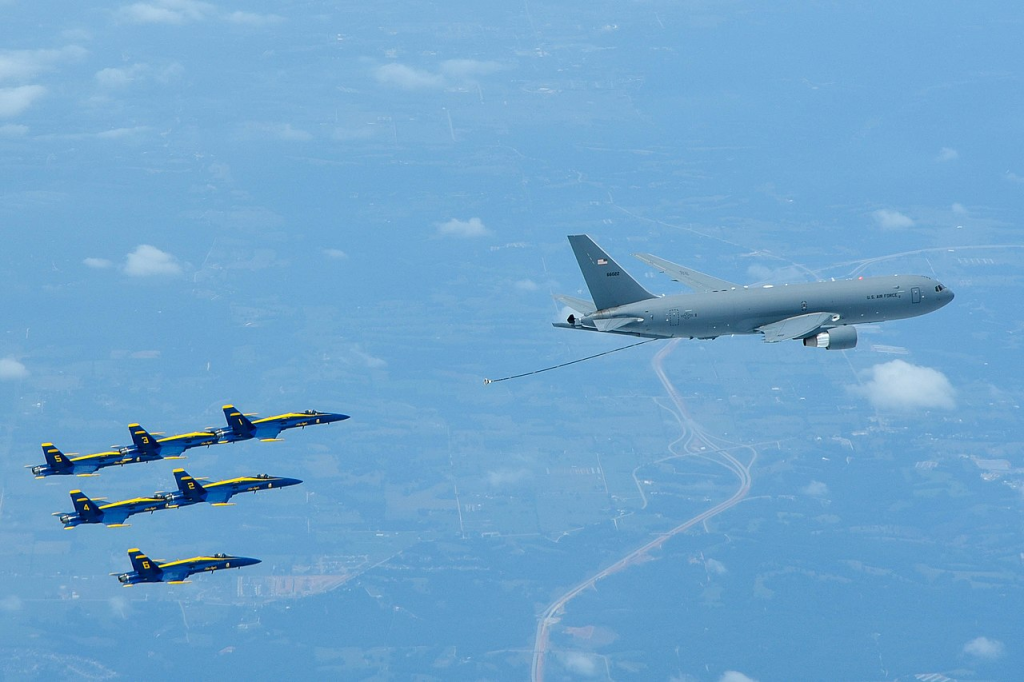
5. Combat Operational Proof
Though lacking, KC-46s have progressed from training flights to worldwide deployments. They supplemented the 2025 Iran air campaign, refueling heterogeneous strike packages and transferring mission data mid-sortie. Endurance tests, including a 45-hour continuous circumnavigation, proved crew-rest procedures and maintenance pacing requirements critical to Indo-Pacific operations. Mission-capable rates are in the mid-60s, below the Air Force target of 80–90%, but commanders appreciate the Pegasus for its flexibility to service varied receivers and preserve communication in contested environments.
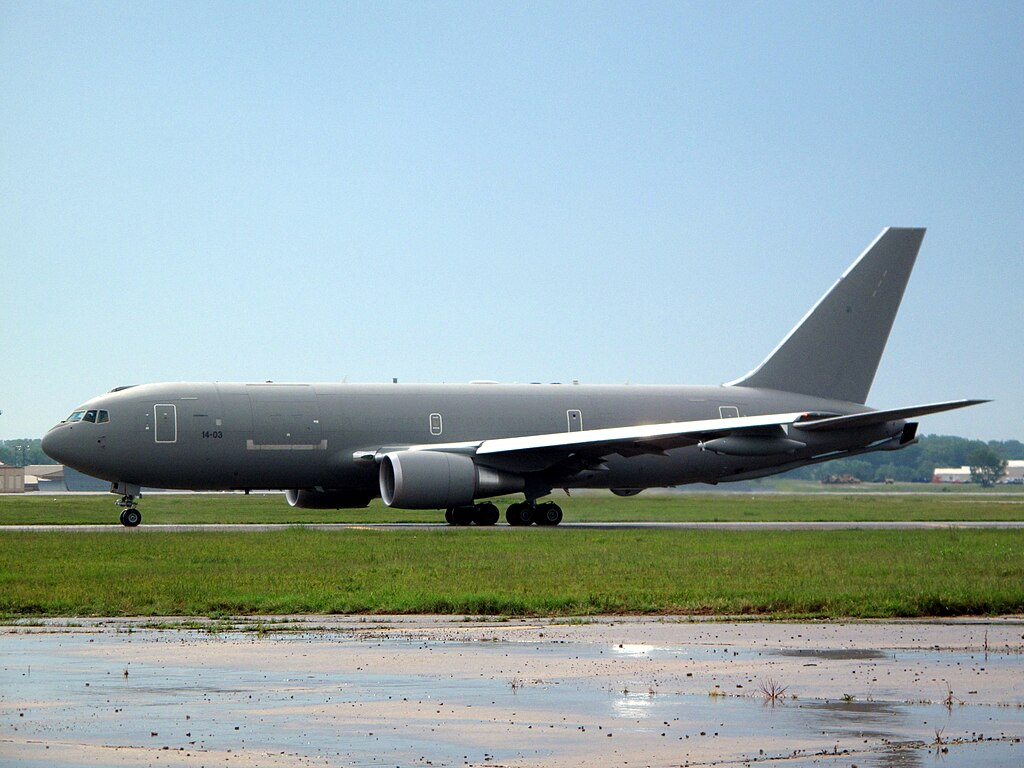
6. Bridging to the Future Fleet
The Air Force purchase of up to 75 additional KC-46s, skipping a KC-Y competition, maintains industrial continuity while NGAS designs mature. Concepts under consideration include stealthy tankers, business jet conversions, each weighing survivability, offload capability, and cost. Business jet-derived tankers would be able to operate from shorter runways, allowing for dispersed operations, but can’t match the fuel offload of the KC-46. The Pegasus is the bridge until NGAS provides longer reach, greater survivability, and networking integration.
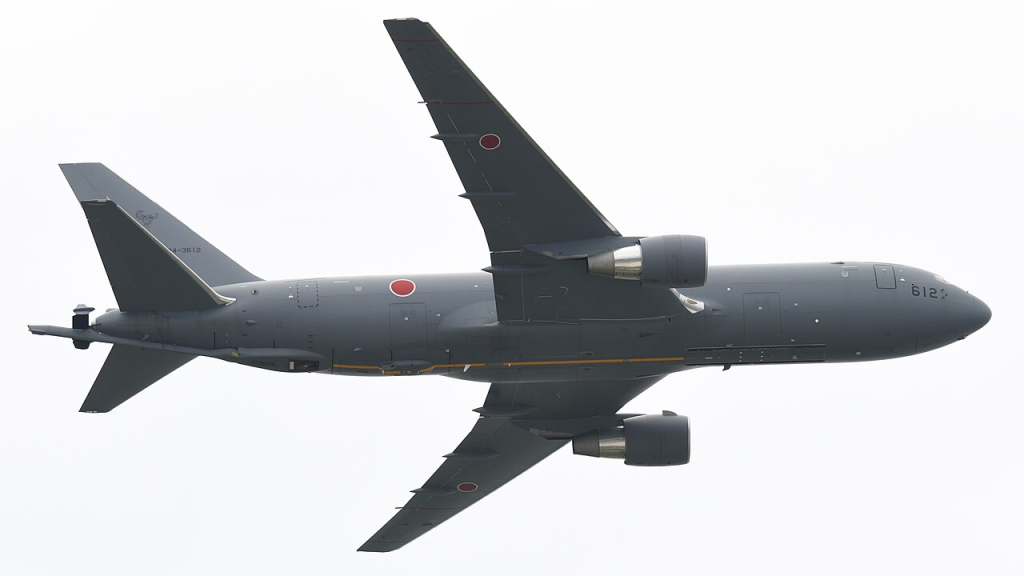
7. International Adoption
Japan’s Air Self-Defense Force already operates KC-46As, and Israel has ordered deliveries to recapitalize its aged 707-based tanker force. For both, joint refueling compatibility, secure communications, and multi-mission flexibility are determining considerations particularly in theaters where long-range strike and timely redeployment are essential.
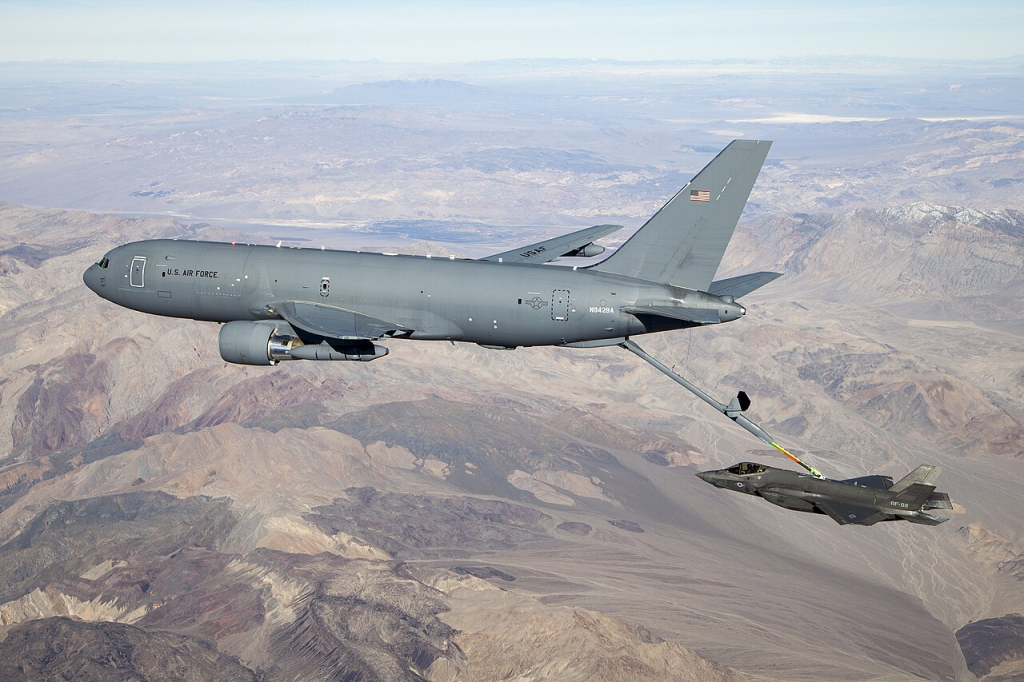
8. Strategic Implications
Contemporary air campaigns depend on fuel and access. The KC-46’s capacity to transport fuel, cargo, patients, and data transforms the tanker from a rear-area asset to a combat enabler. In mixed packages, it will transfer targeting updates from stealth leaders to fourth-generation shooters while serving boom and drogue receivers. In humanitarian or evacuation operations, its reconfigurable interior will swap roles with little downtime. Flex is the coin of the realm in contemporary airpower, and the Pegasus was designed to earn it.
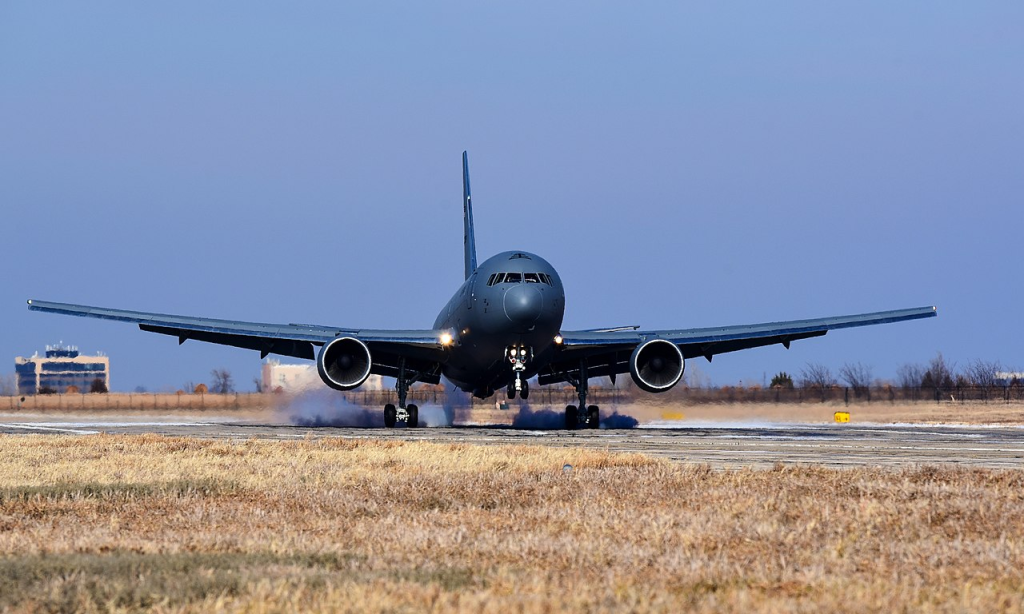
The KC-46’s journey-from-stodgy development program to vital operational tool-points to a larger truth: when the next air war breaks out, the plane that keeps others aloft might be more important than the ones launching the bullets.
